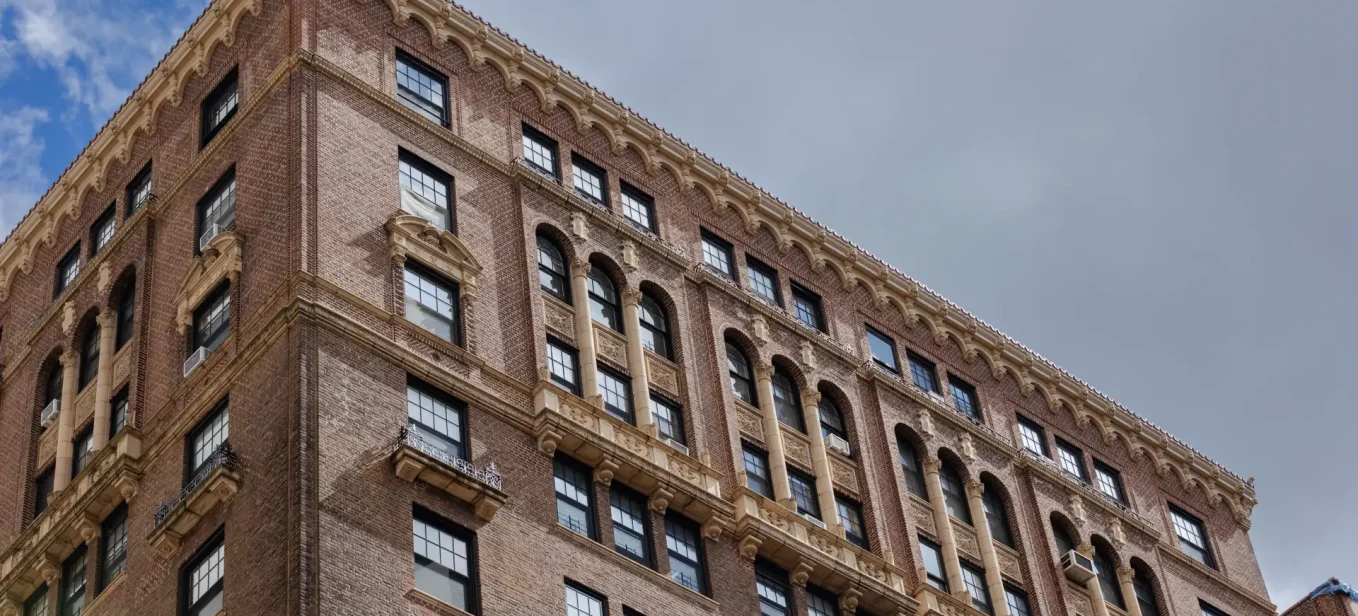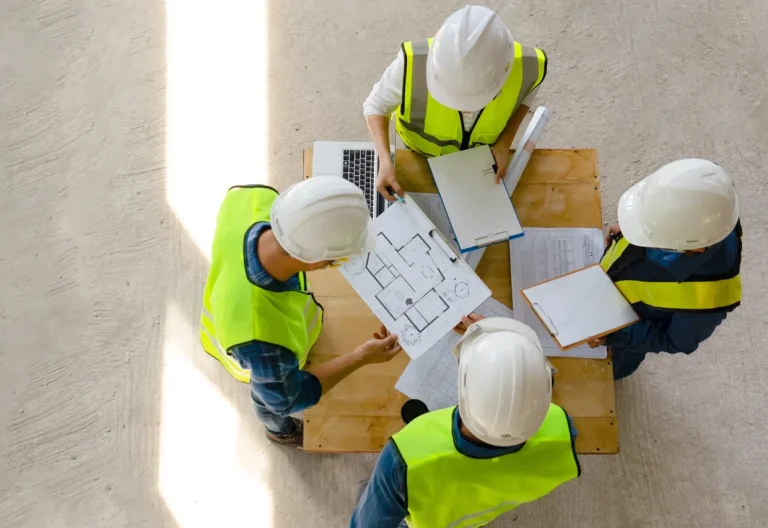
How Local Law 11 Improves Building Safety in New York City
- By: Nova Construction Team
- Published:
- Updated: November 27, 2024
In the busy streets of New York City, building safety is incredibly important. One way the city ensures this is with Local Law 11, also called the Facade Inspection and Safety Program (FISP).
Local Law 11 requires regular checks on building facades. These inspections look for any signs of wear or damage.
The goal of FISP is to prevent accidents caused by falling debris or other facade issues. Inspections are thorough, covering everything from walls to windowsills.
By addressing problems early, the city aims to maintain its iconic skyline while protecting public safety.
Let’s examine how current safety regulations improve building safety in NYC.
Got a project in mind? Let's chat about bringing your construction vision to life!
The Role of Masonry Restoration in Building Safety
At the heart of many New York City buildings lies their masonry structure. These brick, stone, and concrete facades not only give our city its iconic look but also serve as the first line of defense against the elements.
However, time and environmental factors can take their toll, compromising both the aesthetics and safety of these structures.
This is where masonry restoration becomes critical. The process involves several key techniques:
- Cleaning: Removing accumulated dirt to reveal underlying issues.
- Repointing: Replacing deteriorated mortar to prevent water infiltration and structural weakening.
- Replacing: Swapping out damaged bricks or stones to maintain the facade’s integrity.
- Waterproofing: Applying sealants to protect against moisture damage.
These restoration techniques directly contribute to building safety by addressing potential hazards before they become critical. A well-maintained masonry facade is less likely to shed debris or suffer from structural failures, protecting pedestrians and occupants alike.
Moreover, regular restoration work, as mandated by Local Law 11, ensures that minor issues don’t escalate into major, costly problems.
Benefits of Local Law 11 Inspections
- Early Detection of Structural Issues: Regular inspections allow qualified professionals to identify potential problems in their early stages. It could include spotting hairline cracks, subtle signs of water damage, or early indications of structural stress. By catching these issues early, building owners can address them before they pose significant safety risks or require extensive, costly repairs.
- Enhanced Public and Occupant Safety: The primary goal of Local Law 11 is to protect the public from falling debris and facade failures. By ensuring that building exteriors are regularly inspected and maintained, the law significantly reduces the risk of accidents.
- Preservation of Property Values: A well-maintained building exterior does more than just look good — it preserves and potentially increases property value. Regular inspections and timely repairs demonstrate responsible ownership and management, making the property more attractive to potential buyers or tenants, which can lead to higher occupancy rates and better returns on investment for building owners.
- Cost Savings Through Preventive Maintenance: While some may view Local Law 11 compliance as an added expense, it actually leads to significant cost savings in the long run. By addressing small issues before they become major problems, building owners can avoid the high costs associated with emergency repairs or extensive restoration work.
Don’t wait for issues to escalate. Nova Construction Services specializes in Local Law 11 repairs, providing expert guidance and comprehensive solutions to ensure your building remains compliant and safe. Contact us today for a consultation!
Long-Term Impact on Urban Safety and Development
The benefits of Local Law 11 extend far beyond individual buildings, contributing to the overall safety and sustainability of our urban environment:
- Improved Energy Efficiency: Regular inspections often reveal opportunities for improving a building’s energy performance. Addressing issues like air leaks or deteriorating insulation can lead to significant energy savings.
- Preservation of Historic Structures: Many of New York’s buildings are not just structures but pieces of history. Local Law 11 plays a crucial role in preserving these architectural treasures. By mandating regular inspections and maintenance, the law ensures that historic facades are properly cared for, maintaining their integrity for future generations to appreciate.
- Community Confidence and Trust: A cityscape of well-maintained buildings instills confidence in residents, visitors, and investors. It demonstrates a commitment to safety and quality of life, enhancing the overall perception of the neighborhood and the city as a whole.
- Enhanced Overall Urban Resilience: Regular inspections and maintenance make buildings more resilient to extreme weather events and natural disasters. This increased structural integrity contributes to the city’s overall ability to withstand and recover from potential crises.
Implementation and Best Practices
While Local Law 11 sets the requirements, the effectiveness of the program relies on proper implementation:
- Hiring Qualified Professionals: It’s crucial to work with experienced Qualified Exterior Wall Inspectors (QEWI) and reputable construction firms. These professionals ensure compliance and can provide valuable insights into maintaining your building’s long-term health.
- Integrating Inspections Into Regular Maintenance: Rather than viewing Local Law 11 inspections as a separate task, savvy building owners integrate them into their overall maintenance strategy. This proactive approach can lead to more efficient operations and better long-term outcomes.
Got a project in mind? Let's chat about bringing your construction vision to life!
Conclusion
Local Law 11 is more than just a regulatory requirement — it’s a vital tool for enhancing building safety in New York City. By mandating regular inspections and necessary repairs, it ensures that our urban landscape remains safe, resilient, and beautiful.
From preserving historic structures to preventing potential accidents, the impact of Local Law 11 touches every aspect of urban life.







